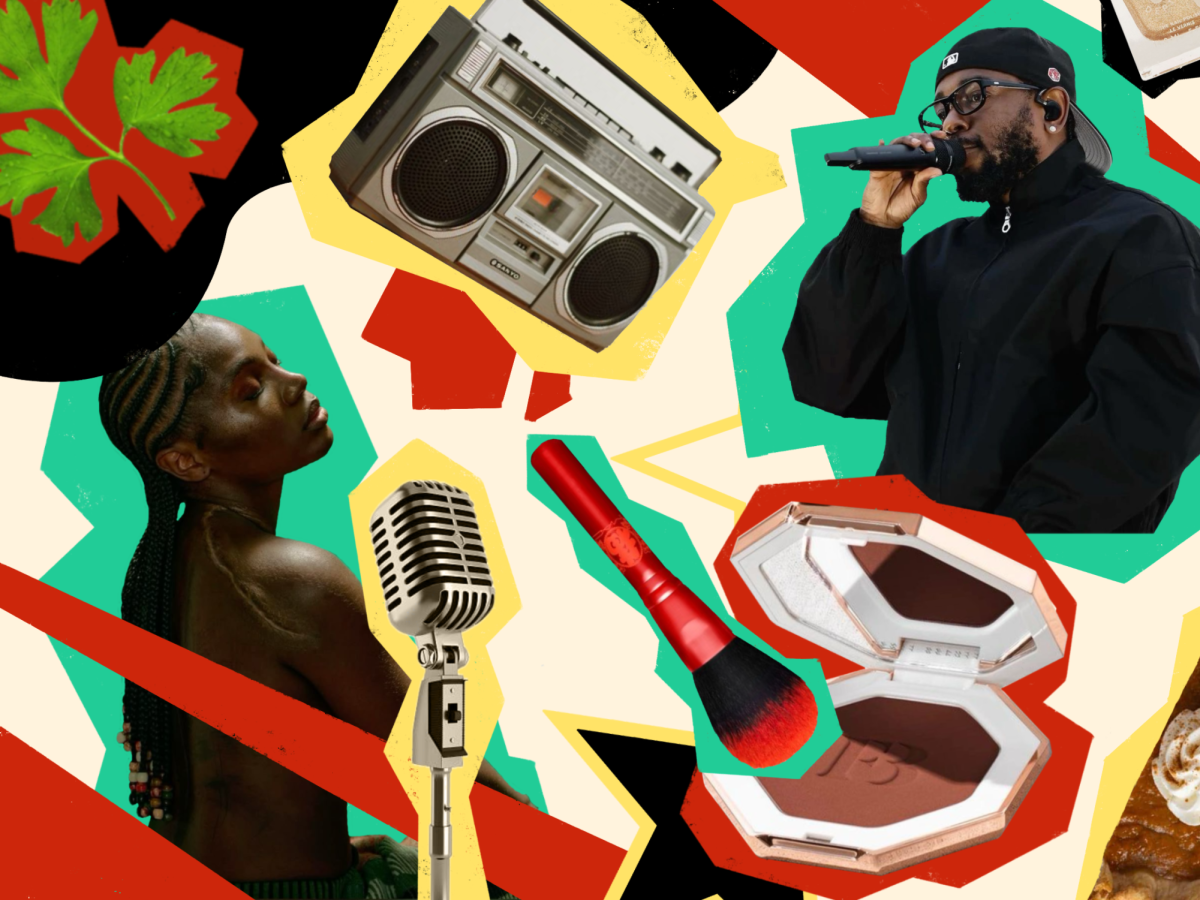“That’s not REAL art”
Exploring what is or isn’t considered proper art
Image by Olivia Tsui // Used with permission
A digital drawing made by Olivia Tsui of her friend’s character Finn.
January 26, 2021
It doesn’t have any meaning, she recalls her mom saying. Drawing these things isn’t going to help you or take you anywhere.
Senior Kelly Yong had just shown her mom her sketchbook where she had sketched some anime-style doodles. For her, the doodles were something that helped her whenever she felt demotivated, but to her parents, it was simply a hindrance to her progress.

Yong says her parents discourage her from doodling, which they don’t see as “proper art” and want her to be productive all the way through and work only on large-scale projects. Yong explains that she understands their point of view and doesn’t hold it against them.
“When it’s a career, then you need to have some standards,” Yong said. “You’ve got to make pretty serious art; you can’t just draw doodles all the time. You have to explore a lot of mediums, and you have to do realistic art, but also have some art of your own creativity. It’s very complex if you want to do it as a career.”
As someone who wishes to enter the art industry, junior Olivia Tsui shares a similar stance. When she attended Portfolio Day as a freshman, a day when students can have their art portfolios critiqued, someone pointed out some of the characters she drew looked like anime, which art schools don’t really like.

“[This incident] made me want to step back and reevaluate how I was drawing,” Tsui said. “I think that made me aware of the standards that are in the art, if I want to pursue and if I want to go to art school. There’s definitely criteria I have to consider if I want to get in.”
Junior Taryn Chong, who attended a fine arts-centered art studio as an entertainment enthusiast, can relate to Tsui’s experience.
Chong notes that some types of art are less respected because they generally can’t be used to apply to art colleges: for example, fanart. However, although it can’t be used for college applications, Chong still regards it as art.
“Art is anything, really,” Chong said. “As long as you find aesthetic or beauty or expression in it. It’s a way of expressing yourself and what you see in the world.”
Art teacher Brian Chow agrees with Chong, believing that when someone is aware of their intention and purpose for their expression, it becomes art. Similarly, senior Dereck Liang believes art is a form of communication, where one tries to convey a concept or an idea to someone else.
“I think it’s a language or a form of communication, same as any other,” Liang said. “You get [your idea] across that space and into their head.”

Chow compares art to presents — the artist created art, and the receivers get to choose what to do with it. They can like it, they can not like it, they can criticize it, they can do whatever they want, according to Chow. But it won’t change the fact that what they were given was art.
“It’s actually really tough to say something’s not art,” Chow said. “You can play basketball, you can be very terrible at it, but you’re still playing basketball. You’re still making an attempt, even though it doesn’t look like you’re playing basketball.”
Chow suggests that the question shouldn’t be whether or not something is art, but rather whether it exists on a higher level or lower level of art — whether or not another person could look at it and feel like it’s art.
“You can start singing and call it art, and I might go, ‘Well, that’s just noise, it sounds terrible to me,'” Chow said. “That’s subjective. I might not find that being artful. Then do I say it’s not art? I just might think it’s bad art.”
In fact, in some cases, Chow believes that an artist’s work being questioned is actually a good sign, even though the artist might feel the lack of praise suggests otherwise.

“That means someone’s actually looking at your work with a critical lens through their experiences and that’s actually reverse validation,” Chow said. “Someone is critical and questioning your work. That means it’s probably operating on a level that, as a fine artist, is actually the level you want to be at because then you’re pushing the envelope.”
In the end, Liang believes that others’ opinions about one’s art don’t really matter.
“Art is really just whatever you want it to be,” Liang said. “Who cares? You don’t have to prove it to anybody. Damn what the public thinks. Whatever you think it is is fine. Whatever you think is art is art.”
Yong adds that expecting all art to be extremely professional can negatively impact an artist, and although it’s important to create meaningful pieces, it’s enjoyable to casually make art, as well.
“[Art] is an activity you do for fun,” Yong said. “I don’t want to see it as a bother. If I have to be set on doing this for a few hours without taking breaks in a day … it’s going to be kind of difficult. But I don’t think I’ve changed that much. I still really love to do art.”



















